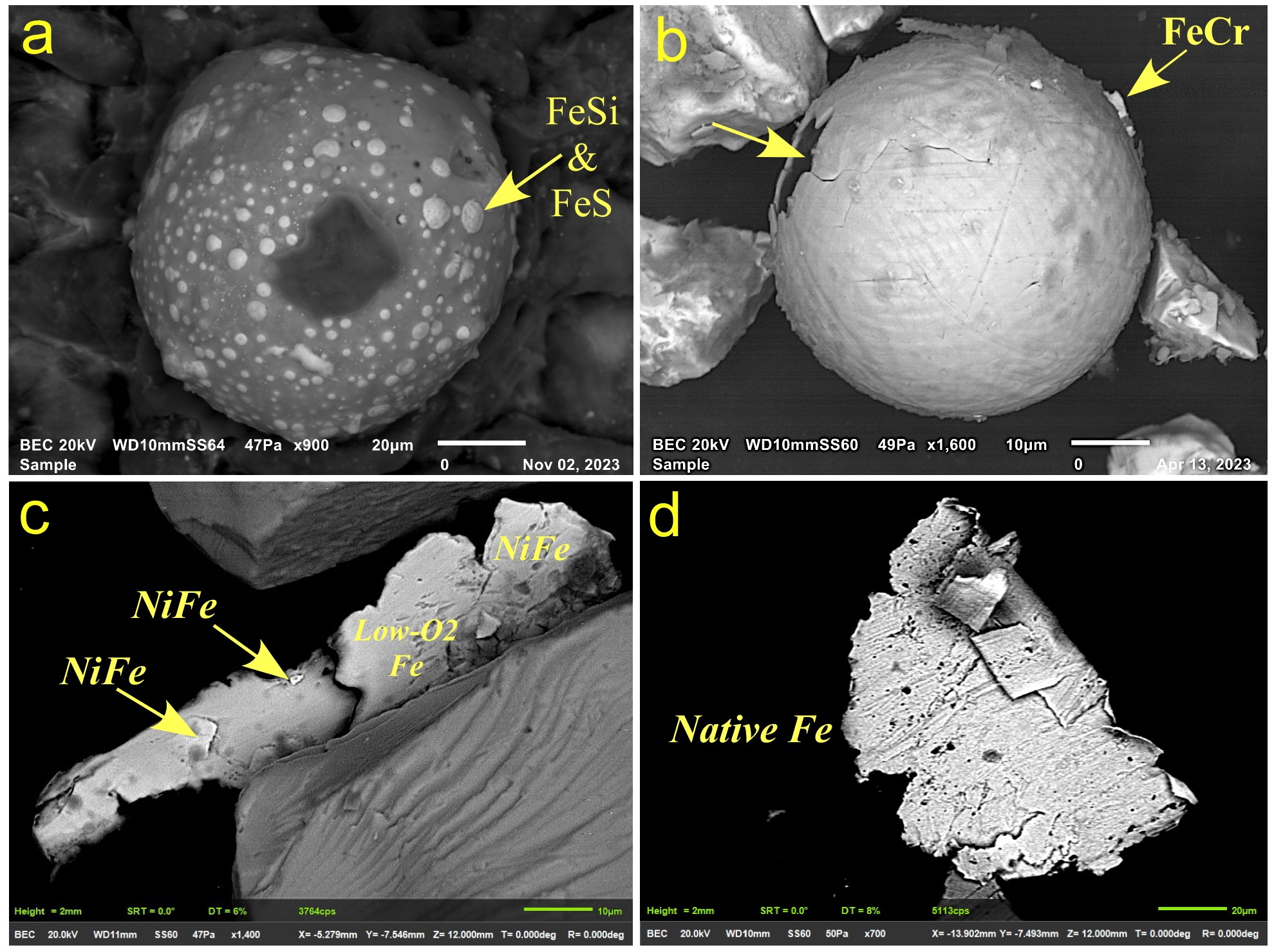Massive comet trail may have transformed Earth's climate more than 12,000 years ago, tiny particles suggest
A massive comet trail may have caused climate upheaval on Earth more than 12,000 years ago, sparking the Younger Dryas.

Scientists have found new evidence that a massive comet trail may have caused climate upheaval on Earth more than 12,000 years ago.
Tiny particles detected in ocean sediment cores suggest that dust from a large, disintegrating comet entered Earth's atmosphere around the beginning of the Younger Dryas event, a period of abrupt cooling that caused temperatures in the Northern Hemisphere to plummet by up to 18 degrees Fahrenheit (10 degrees Celsius) within about a year. The researchers shared their findings Aug. 6 in the journal PLOS One.
"The amount of comet dust in the atmosphere was enough to cause a short-term 'impact winter,'" which led to an extended period of cooling, study co-author Vladimir Tselmovich, an Earth scientist at Borok Geophysical Observatory in Russia, said in a statement.
After 7,000 years of gradual warming, Earth experienced a period of rapid cooling about 12,900 years ago. Dubbed the Younger Dryas, after the wildflowers of the Dryas genus that flourished in colder temperatures, this chillier era lasted about 1,200 years before warming resumed.
Competing hypotheses describe what kicked off the Younger Dryas. Most scientists think cold freshwater lakes poured into oceans as Earth's glaciers melted, and this weakened large-scale ocean currents that brought warm water northward from the tropics. Others have proposed that impacts from a disintegrating comet filled the atmosphere with dust and destabilized the planet's ice sheets, triggering long-term cooling.
However, no one has found evidence of an impact crater dated to the start of the Younger Dryas that could have triggered such an event. What's more, some scientists claim that some of the supposed evidence for the hypothesis — such as "black mats" that contain metals common to asteroids from around the start of the Younger Dryas — could instead be explained by more mundane processes.
Get the world’s most fascinating discoveries delivered straight to your inbox.
In the new study, researchers studied ocean sediment cores from Baffin Bay, between Greenland and Canada, to search for evidence of a possible impact. The team found tiny metallic particles that could have come from comet dust, along with even smaller particles with high levels of platinum and iridium, elements that are common in comets and meteorites.
They also found microscopic spherical particles that most likely formed on Earth but may contain small amounts of material from a comet or asteroid. All of these appeared around the time the Younger Dryas began.
The new study doesn't directly confirm the impact hypothesis. Instead, the particles act as indirect evidence of an impact or "airburst," which occurs when a meteor explodes inside a planet's atmosphere before hitting the ground.
These impacts might have come from a large, disintegrating comet that later gave rise to Comet Encke and the Taurid Complex, the source of the annual Taurid meteor shower, the researchers wrote in the study.
However, more research is needed to confirm this proposal. The team plans to test other ocean cores for similar particles to confirm whether the Younger Dryas began shortly after those particles appear in the geological record.

Skyler Ware is a freelance science journalist covering chemistry, biology, paleontology and Earth science. She was a 2023 AAAS Mass Media Science and Engineering Fellow at Science News. Her work has also appeared in Science News Explores, ZME Science and Chembites, among others. Skyler has a Ph.D. in chemistry from Caltech.
You must confirm your public display name before commenting
Please logout and then login again, you will then be prompted to enter your display name.


